With the 50th Brighton Festival taking place this year, Festival CEO Andrew Comben meets theartsdesk for a chat about the original 1967 event, and its relationship with this year’s Festival. Comben has been the Brighton Festival's overall manager since 2008, also overseeing the Brighton Dome venues all year round. He shares the festival’s curation this year with Guest Director Laurie Anderson.
We meet in his office in the centre of Brighton. I start by mentioning that the great 20th century violinist Yehudi Menuhin played the 1967 Festival. Comben goes across the room and pulls a silver-jacketed booklet from a shelf. It is approximately A5 in size, decorated with an all-seeing eye logo and no words (pictured below left). Brandishing it, he tells me it’s an original programme from the 1967 Festival, which ran April 14-30.
THOMAS H GREEN: What does it tell us about what Yehudi Menuhin got up to?
ANDREW COMBEN: You may have seen footage of Menuhin at The Destruction of Hideous Objects, which was an almost impromptu happening on the beach where a pile of objects deemed hideous, from furniture to an effigy of the Dean of Brighton Poly, were set alight. Menuhin fiddled while hideous objects burned. On the 30th of April Menuhin also played the Festival’s final concert, the Elgar Concerto. Some of the original classical performances are really mouth-watering – Jaqueline du Pré, Daniel Barenboim, the English Chamber Orchestra, Janet Baker, John Shirley-Quirk. There were emerging artists alongside established names, as you’d expect from Ian Hunter, the Festival’s director, who ran the largely classical-based agency Harold Holt Music Management.
Have you tried to actively emulate that extensive classical programme this year?
Not directly recreating it but we are consciously thinking about bringing artists in today’s world who reflect that spirit. Also ensembles like the London Symphony Orchestra, conducted by Daniel Harding, who haven’t been at the Festival since 1983. Equally, there’s The Dream of Gerontius from the City of Birmingham Symphony Orchestra, conducted by Ed Gardner, which has a soloist line-up that’s glorious: Alice Coote, Rob Murray, Matthew Rose. And there’s Dido and Aeneas with Ann Murray and Ben Appl. It’s a very rich classical programme and very close to my heart.
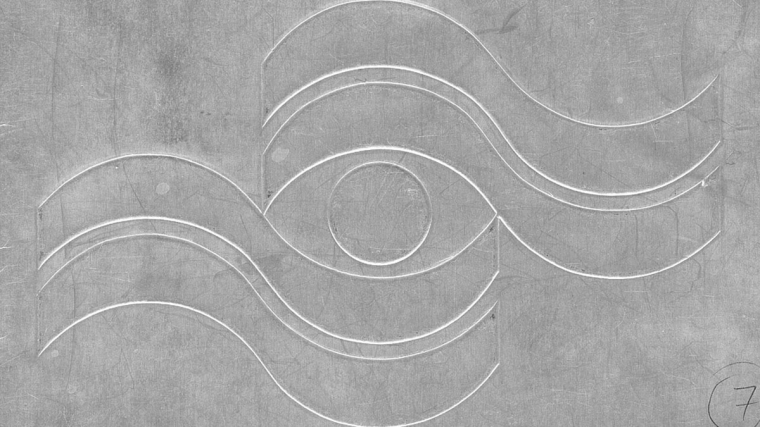 On what sort of scale was the 1967 Festival?
On what sort of scale was the 1967 Festival?
It was the first cab off the rank, a brave experiment. The audience wasn’t yet developed. There were things that didn’t work and it wasn’t a success financially, but it worked enough for people to have faith it would build and grow. They took some incredible risks. It’s remarkable they did survive. There was an exhibition of concrete poetry across the city that was curated by Stephen Bann. It was a new art form and that was the first UK exhibition. There were also kinetic sculptures, with a regular Saturday night disco alongside these mad robotic creations by none other than Bruce Lacey. He was then relatively unknown, showing his work alongside Pink Floyd. Sadly he just died, an incredible cult figure. That spirit really attracts me, explicitly, consciously creating a platform for what’s coming next in the arts, what’s interesting, curious and eccentric. Openly saying, “This might be mad, it might be nothing at all, but let’s examine it.” I love the comment from Ian Hunter that Brighton is somewhere the flippant and the serious can reside side by side. That, for me, is what makes this festival so attractive.
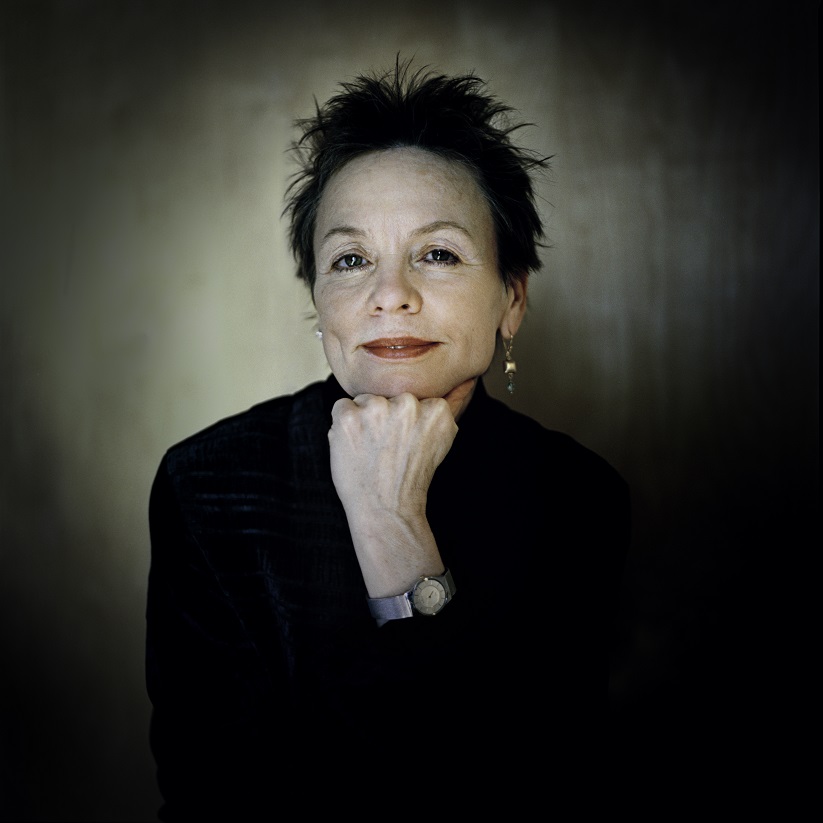 This year sees some equally avant-garde artistic endeavours, like The Last Resort on Portslade Beach.
This year sees some equally avant-garde artistic endeavours, like The Last Resort on Portslade Beach.
That’s by the Art of Disappearing, two Brighton artists who have evoked this dystopian world on what is both a beach and a semi-industrial area, using binaural technology. It’s a promenade piece, wearing headphones, having this whole new world evoked, a very interesting experiment. There are a number of other edgier experiences. Laurie [Anderson] (pictured right) is particularly interested in this area. She’s an artist who’s been at the forefront as long as the Festival has existed, the perfect guest director. She’s bringing an installation of Lou Reed’s drones, the closest we can now come to Lou’s music. It’s a very poignant reminder of what he represented but also an extraordinary free space, his guitars on feedback with his amps and a range of artists who’ll improvise – huge fun but also revealing.
Back in 1967 Lou Reed was in the Velvet Underground, but what was Laurie Anderson up to?
Just emerging from art school. She really hit the New York scene from 1970 onwards. She trained as a sculptor originally but was experimenting with all sorts.
Laurence Olivier lived locally in ’67. How was he involved with the Festival?
He lived just up in Kemp Town and brought a series of three plays from the National Theatre, his company, with an extraordinary range of actors – Strindberg’s Dance of Death, Feydeau’s A Flea in Her Ear, and Robert Bolt’s Brother and Sister. Just look at that cast – Geraldine McEwen, Anthony Hopkins, Petronella Barker, a whole range of people who came into our consciousness later on. The important thing about the initial Festival was that it was self-consciously a festival of place. It was Brighton saying, “We can be better than mods and rockers beating each other up on the beach – we can represent something interesting and innovative, capturing the spirit which the Prince Regent started.” It’s such a commonplace statement now, that art can form part of a cultural regeneration, but people in Brighton were starting to think that way in 1967.
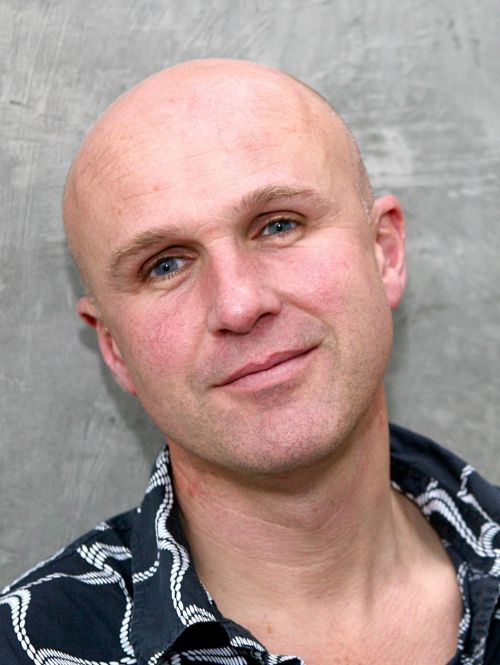 How has this year’s Festival engaged with the local pool of talent?
How has this year’s Festival engaged with the local pool of talent?
What we’ve done is think about artists who’ve really established themselves in the Brighton community but also on the international stage. The first example is Tim Crouch (pictured left) and Spymonkey. They’re two artists based in Brighton who’ve made names for themselves but never worked together, now coming together to create The Complete Deaths, every death in every Shakespeare play, including the fly in Titus Andronicus, 75 in all. Spymonkey’s brand of physical comedy is really infectious, now coupled with Tim’s very cerebral, rigorous and learned writing. It makes for an extraordinary mix. It’s one of eight Brighton commissions from artists either based here or working on stories that emanate from here.
What others spring to mind?
Dr Blighty is a piece of work we’re creating with Nutkhut, a British-Asian company. We’re working with 14-18 NOW, the First World War commemorative organisation, and the Heritage Lottery Fund. They’ve all come together with the Royal Pavilion Museums and ourselves to retell the story of Indian soldiers hospitalised on the Pavilion Estate during the First World War.
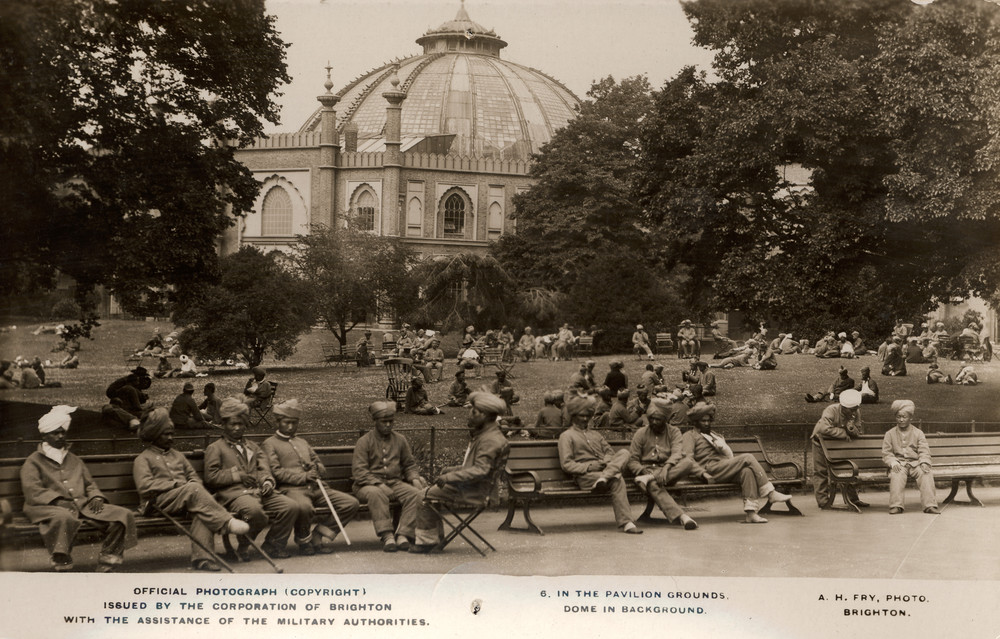 It resonates with the festival theme of home; the idea of where one's home is and what happens when we’re displaced from it. These soldiers – in a rich and quite untold story – were brought here partly as an altruistic gesture but also from the bizarre notion they’d feel more at home where there’s an Indian-style pavilion. It was also about seeking publicity for the war effort, and there’s other layers too. It culminates in a range of work on the Pavilion Estate, both outdoor and indoor concerts – the Philharmonia Orchestra, Debashish Bhattacharya, the Indian slide guitarist, a video projection on the Royal Pavilion commemorating the 2,300 soldiers who died there.
It resonates with the festival theme of home; the idea of where one's home is and what happens when we’re displaced from it. These soldiers – in a rich and quite untold story – were brought here partly as an altruistic gesture but also from the bizarre notion they’d feel more at home where there’s an Indian-style pavilion. It was also about seeking publicity for the war effort, and there’s other layers too. It culminates in a range of work on the Pavilion Estate, both outdoor and indoor concerts – the Philharmonia Orchestra, Debashish Bhattacharya, the Indian slide guitarist, a video projection on the Royal Pavilion commemorating the 2,300 soldiers who died there.
And the playwright Neil Bartlett is another celebrated local talent who's getting involved...
Yes, with Stella. He has been incredibly important to us in previous years. It tells the story of one half of Fanny and Stella who were, for want of a better word, Victorian drag queens, music hall artists of no real discernible talent, but it makes for a very poignant and moving story reflecting on the nature of transgender then and now.
Was Brighton already a big hub for gay culture in 1967?
Yes, it was there at the start of gay liberation. There was a big movement building in the city. It was always a place people escaped to, somewhere more tolerant. Often people got to the end of the line, sought refuge here.
One of the most renowned events from the 1967 Festival was when they tried to turn the sea red. What was that about?
It was one of the brave experiments – and one of the demonstrable failures. God knows what the make-up of the red dye they poured into the sea was, I shudder to think about how toxic it might have been, but from a public engagement point of view it wasn’t there when people came to look. It had all drifted off towards Newhaven. The concept initially was to make a Union Jack in the sea. How jingoistic! Sadly it didn’t work.
Talking of Union Jacks, The Who played that first Festival, too.
They played in the Dome Concert Hall. There’s fantastic footage that’s materialised. It sadly doesn’t have soundtrack footage but what’s funny is the nonplussed audience, absolutely stone-faced. They don’t even seem very enthusiastic when The Who start smashing up their kit.

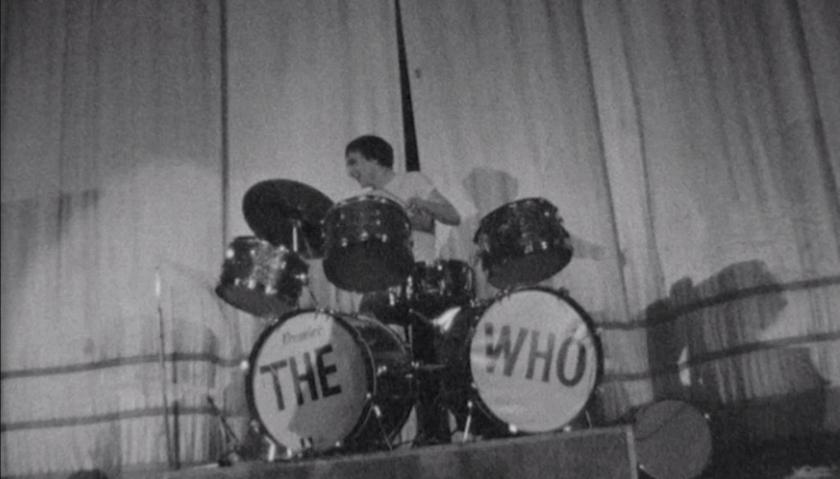

Add comment